Common Name(s): Sassafras, common sassafras
Scientific Name: Sassafras albidum
Distribution: Eastern United States
Tree Size: 50-65 ft (15-20 m) tall,
2-3 ft (.6-1 m) trunk diameter
Average Dried Weight: 31.0 lbs/ft3 (495 kg/m3)
Specific Gravity (Basic, 12% MC): 0.42, 0.5
Janka Hardness: 630 lbf (2,800 N)
Modulus of Rupture: 9,000 lbf/in2 (62.1 MPa)
Elastic Modulus: 1,120,000 lbf/in2 (7.72 GPa)
Crushing Strength: 6,600 lbf/in2 (45.5 MPa)
Shrinkage: Radial: 4%, Tangential: 6.2%,
Volumetric: 10.3%, T/R Ratio: 1.6
Color/Appearance: Heartwood is a medium to light brown, sometimes with an orange or olive hue. Color tends to darken with age. Sapwood is a paler yellowish brown, though it isn’t always clearly demarcated from the heartwood. Overall, sassafras bears a strong resemblance to other domestic ring-porous woods like black ash and chestnut.
Grain/Texture: Grain is straight, with a coarse uneven texture.
Rot Resistance: Rated as durable to very durable.
Workability: Easy to work with both hand and machine tools. Sassafras also has good dimensional stability once dry. Glues, stains, and finishes well.
Odor: Sassafras has a distinct, spicy scent resembling root beer while being worked (see comments below for more info).
Allergies/Toxicity: Although severe reactions are quite uncommon, sassafras has been reported as a sensitizer. Usually most common reactions include nausea and respiratory effects. Oil extracted from the roots and wood of sassafras has been shown to be toxic and weakly carcinogenic if ingested. See the articles Wood Allergies and Toxicity and Wood Dust Safety for more information.
Pricing/Availability: Sassafras trees are generally too small to be commercially viable on a large scale, but limited quantities of lumber and turning blanks are available for a modest price.
Sustainability: This wood species is not listed in the CITES Appendices, and is reported by the IUCN as being a species of least concern.
Common Uses: Utility lumber, fence posts, boatbuilding, and furniture.
Comments: Sassafras oil can be extracted from the root bark or fruit of the tree. These same roots were traditionally used in the making of root beer, and the familiar scent is prevalent in the leaves and wood.
Another species bearing the same common name is the botanically unrelated blackheart sassafras (Atherosperma moschatum), native to Australia. Species in the Atherospermataceae family are sometimes referred to as southern sassafras to help differentiate them from the true Sassafras genus.
Images: Drag the slider up/down to toggle between raw and finished wood.
A special thanks to Mike Leigher for providing a wood sample of this wood species.
Identification: See the article on Hardwood Anatomy for definitions of endgrain features.
Porosity: ring porous
Arrangement: earlywood pores three to six rows wide, latewood pores are commonly in radial multiples and clusters
Vessels: large in earlywood, small in latewood; tyloses common
Parenchyma: vasicentric, winged, and confluent (in latewood)
Rays: narrow; normal spacing
Lookalikes/Substitutes: Can resemble species of ash, particularly black ash (Fraxinus nigra), as well as American chestnut (Castanea dentata)—all three have a similar grayish brown heartwood color and are (usually) noticeably lighter in weight than other ash species. However, sassafras tends to have slightly wider rays (being visible even without a lens), as well as wider growth rings, being up to six pores wide per row (black ash and chestnut both have rings which are seldom more than two to three pores wide).
Catalpa (Catalpa speciosa) is another lookalike with similar anatomy, appearance, weight, and even a unique scent. Catalpa tends to have much narrower rays, not being visible without magnification, as well as latewood pores that sometimes occur in wavy diagonal bands.
Notes: Freshly machined catalpa has a unique root beer scent that can be a fairly reliable means of separating it from most lookalikes when available.
Related Content:

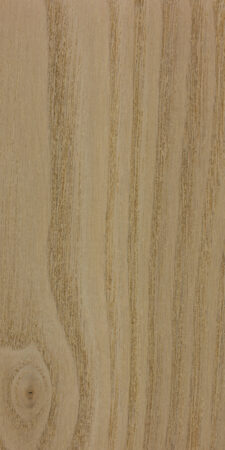
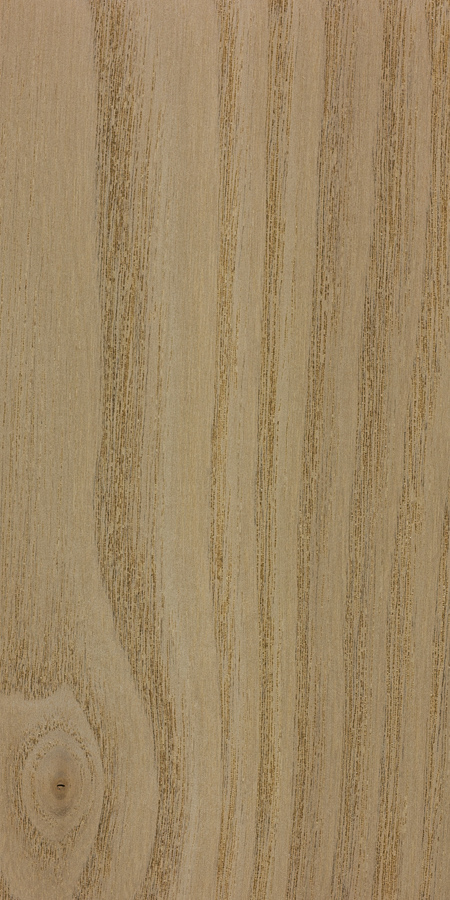
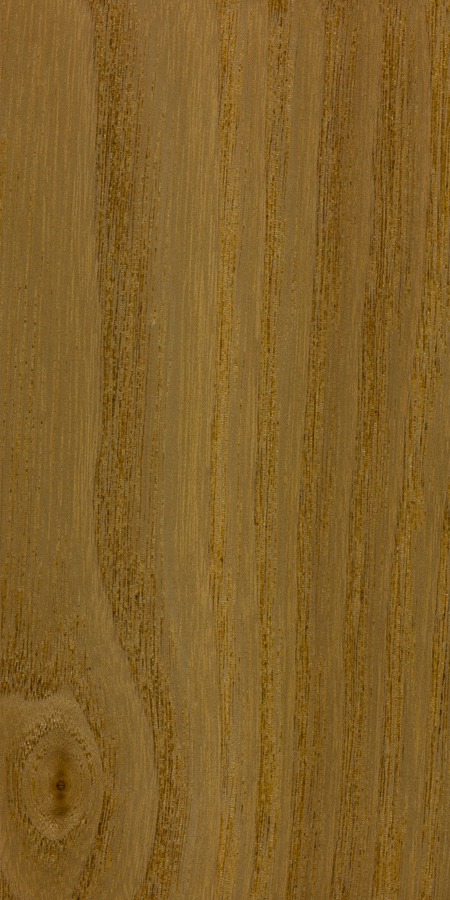
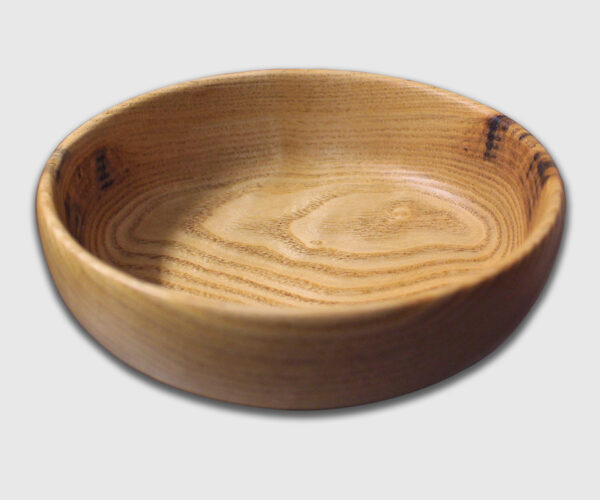
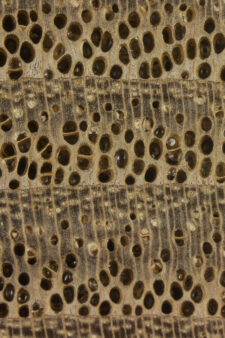

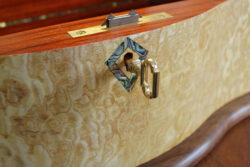


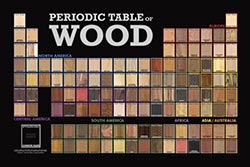



Sassafras is odd in one way- a typical Sugar Maple for instance in an area of average soil will grow let’s say 60 feet tall in 70 years. 200 miles away, roughly the same result unless the soil or wind is worse. But Sassafras will grow to a puny 20 ft high tree in good soil in one area, but a 50 ft high tree of the same age in another area.
Sassafras is also being used for the body (although not the fretboard) of some guitars.
Sassafras was commonly used for horse drawn sleds. The reason being it is plentiful, tough, easily worked, durable outdoors, and one of the lightest hardwoods available for the settlers to use. Generally the entire sled was made of sassafras except for the sled runners that were either made of hickory or had hickory “tires” attached where the runners contacted the ground. Also, great wood to turn. I’ve used it for many turnings including pens, pepper grinders, and handles. I have an unfinished 4×4 “A” frame for my two person swing that I made of sassafras with black locust pads where… Read more »
I read Sassafras was also used for dugout canoes by our native American Indians. However, it’s not “tough”. It’s a relatively weak, brash wood.
how does this compare to hinoki?